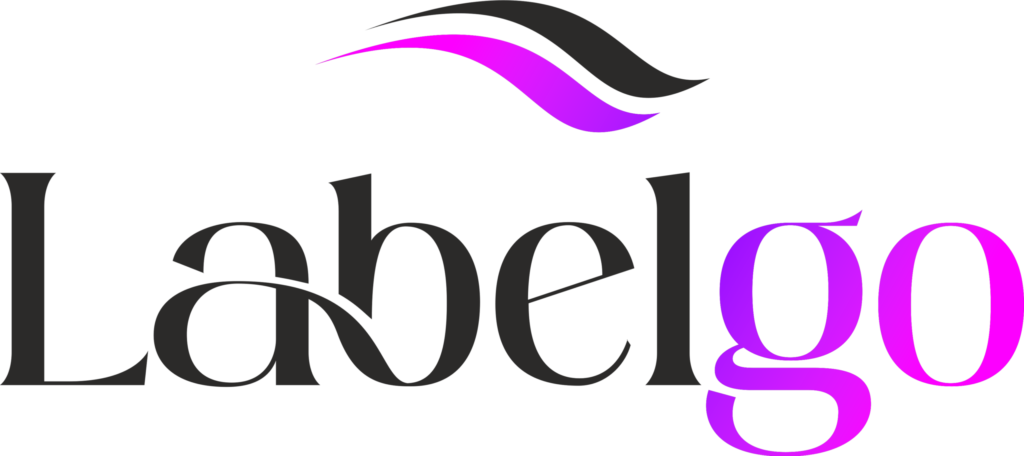In the world of fashion and textiles, care labels are more than just small fabric tags — they are an essential part of consumer safety, product longevity, and regulatory compliance. Understanding what care labels are and why they are legally mandated is crucial for fashion brands, manufacturers, and retailers alike.
What Are Care Labels?
Care labels are tags attached to garments that provide information about how to properly wash, dry, iron, bleach, and clean the item. These labels typically include:
Washing instructions
Drying methods
Ironing temperatures
Dry cleaning symbols
Fiber content and origin (in some regions)
Care labels are designed to help consumers maintain their garments correctly, preserving both quality and appearance over time.
Why Are Care Labels Legally Required?
1. Consumer Protection
Care labels serve to protect consumers from damaging their clothes due to incorrect washing or handling. Without proper guidance, garments can shrink, fade, or deform — leading to dissatisfaction and potential complaints.
2. Product Longevity and Sustainability
By following the recommended care instructions, consumers can extend the lifespan of their garments, reducing waste and encouraging more sustainable fashion practices.
3. Compliance With International Regulations
Many countries have specific laws and standards that require the inclusion of care labels. Failing to meet these regulations can result in product recalls, fines, or import restrictions. For example:
In the United States, the FTC mandates care labeling under the Care Labeling Rule.
The European Union requires care information as part of textile labeling regulations.
Countries like Canada, Australia, and Japan also enforce strict labeling rules.
LabelGo ensures that its care label solutions are designed in compliance with global textile regulations, supporting brands that distribute internationally.
4. Transparency and Brand Credibility
Accurate and easy-to-read care labels reflect a brand’s commitment to quality and customer care. They enhance credibility and demonstrate attention to detail — especially in premium or eco-conscious fashion segments.
5. Reducing Legal and Financial Risks
Improper or missing care labels can lead to consumer complaints, damaged brand reputation, and even legal claims. In some markets, retailers are held liable for non-compliance, making correct labeling a critical legal safeguard.
Key Elements Required on Care Labels
While requirements may vary by country, care labels generally need to include:
Standardized care symbols (often ISO or GINETEX symbols)
Clear written instructions
Durability (the label must withstand washing)
Accurate fiber composition
Manufacturer or importer identification (in some jurisdictions)
LabelGo works closely with fashion brands to create durable, compliant, and aesthetically pleasing care labels that meet both regulatory and brand standards.
Conclusion
Care labels may be small, but they carry significant importance in the fashion industry. They not only help consumers care for their garments properly but also ensure compliance with global legal standards. For brands aiming to build trust, reduce risks, and operate internationally, proper care labeling is not optional — it’s essential.
